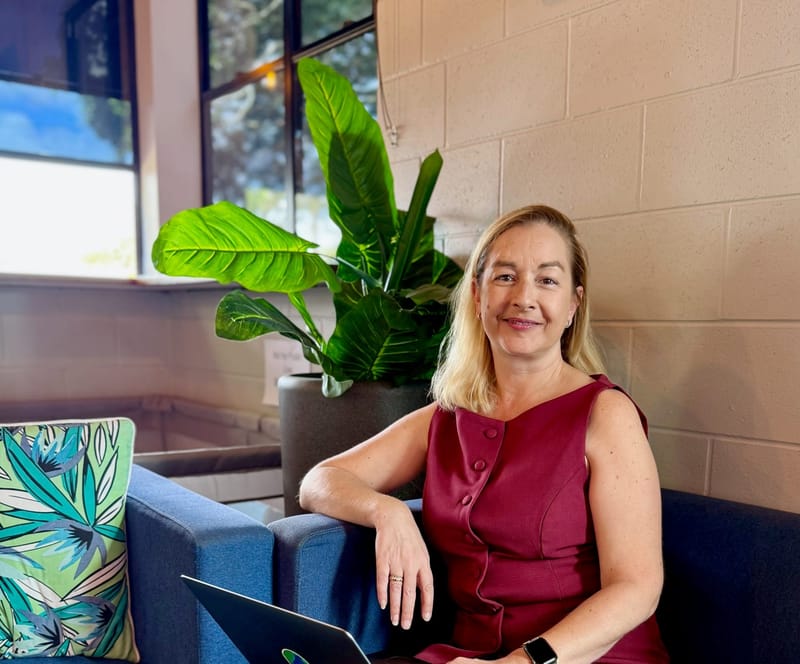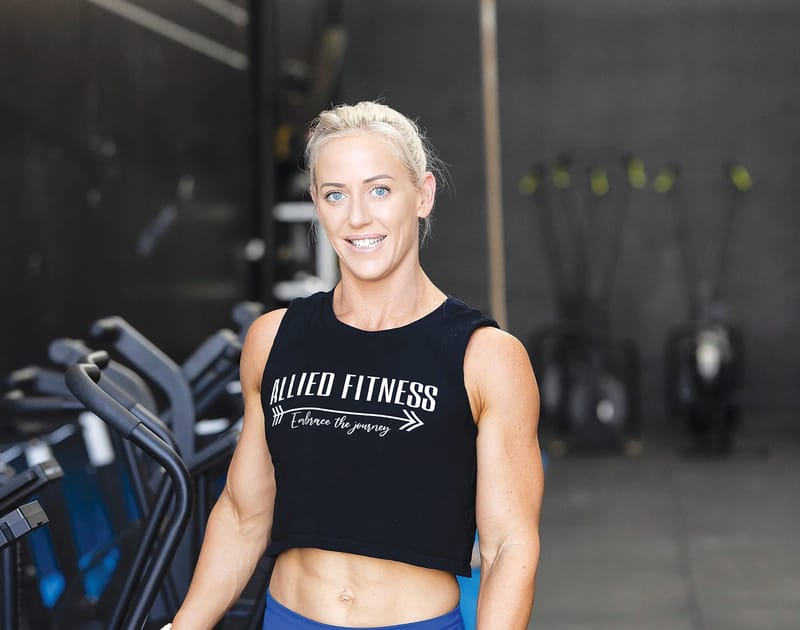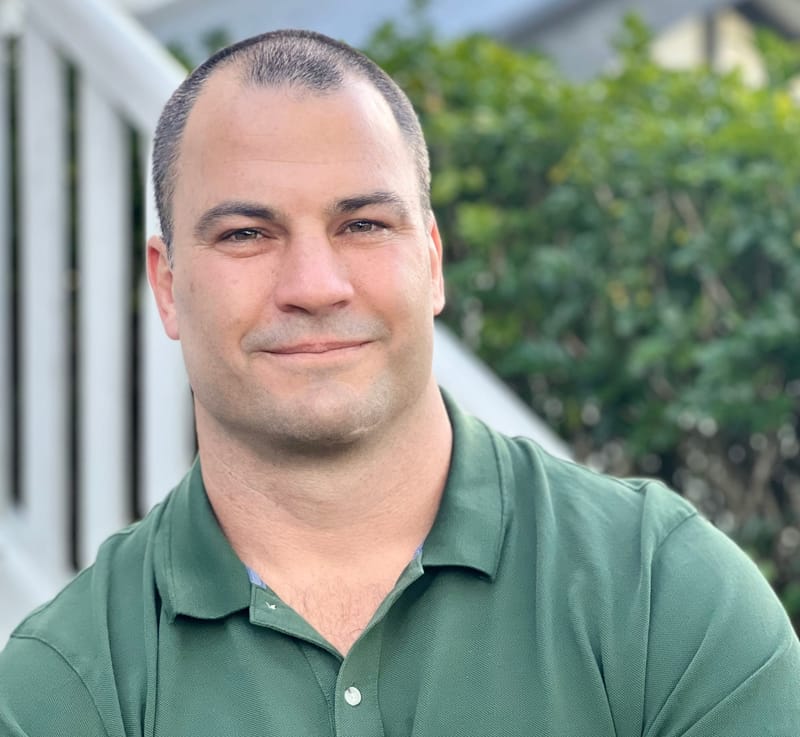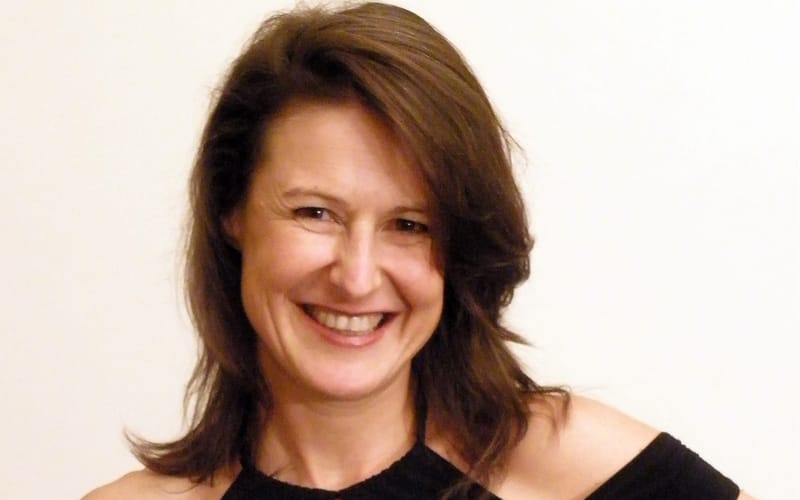A Journey of Purpose: Tanya Stevenson returns from global sabbatical with a new vision for community spaces
WHEN Tanya Stevenson, CEO of the Hervey Bay Neighbourhood Centre, was awarded a Social Impact Leadership Australia (SILA) scholarship, she knew it would be significant. What she didn’t expect was just how far it would take her, literally and...
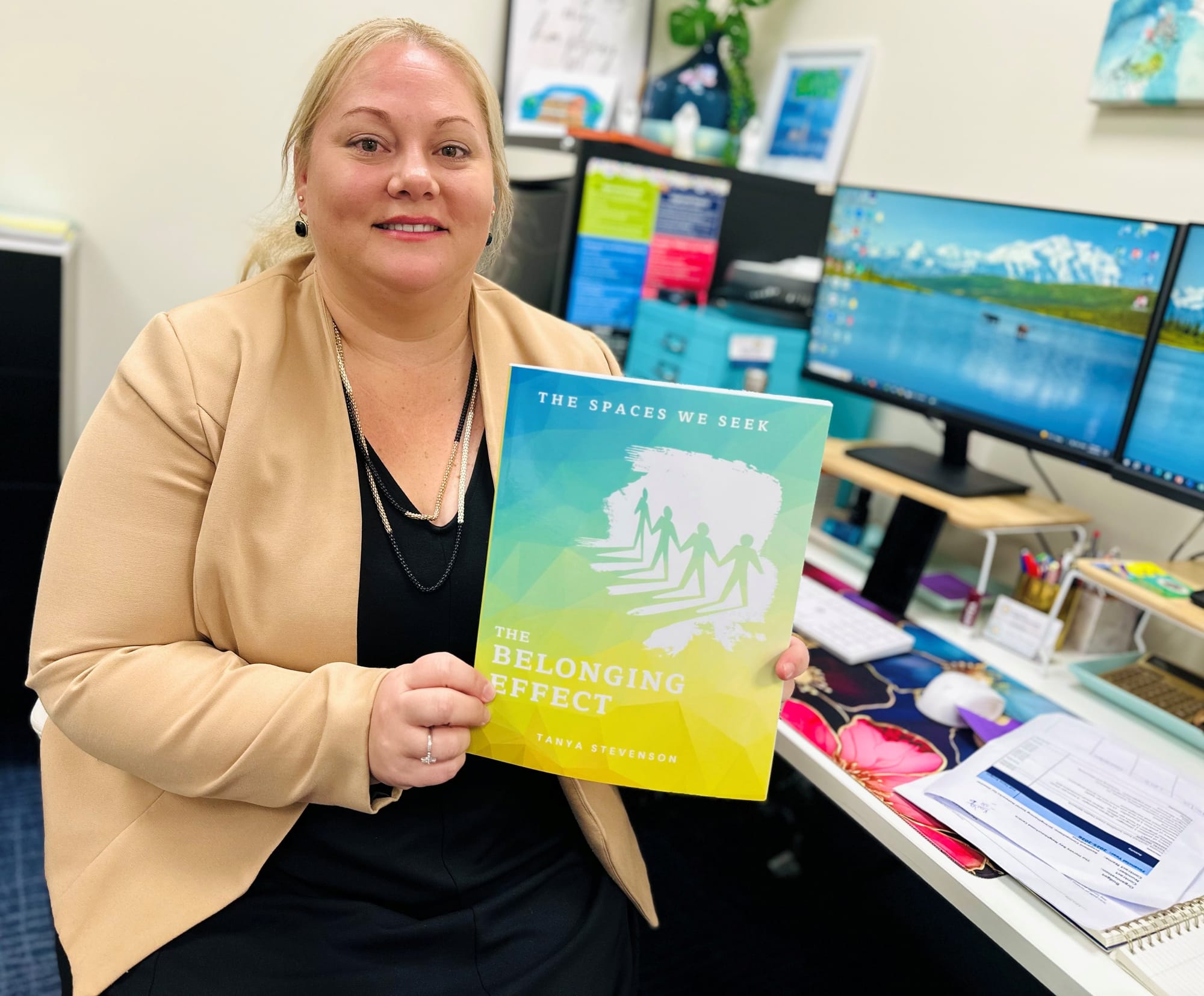
WHEN Tanya Stevenson, CEO of the Hervey Bay Neighbourhood Centre, was awarded a Social Impact Leadership Australia (SILA) scholarship, she knew it would be significant.
What she didn’t expect was just how far it would take her, literally and philosophically.
Funded by the Vincent Fairfax Family Foundation, Myer Foundation, Sidney Myer Fund, the Snow Foundation and the Paul Ramsay Foundation., SILA offers not-for-profit leaders a rare opportunity, a 10-month leadership program paired with a 12-week fully paid sabbatical.
No expectations. No deliverables. Just time to rest, reflect, and explore.
“For people in our sector, that’s a huge shift,” Tanya said.
“We are used to being hands-on and available around the clock. Stepping away felt foreign, and a little uncomfortable at first.”
But with built-in support for her team and board, Tanya took the opportunity seriously, choosing to fully disconnect from emails, calls, and even social media for almost six months.
“I realised if I was going to do it properly, I had to really stop. No notifications. No scrolling. I had to allow myself the mental space to think clearly.”
She began journaling, reading, and researching sabbatical experiences.
Themes started to emerge, all circling around one idea: space.
Not just physical space, but emotional and communal spaces where people feel seen, supported, and connected.
That question, what makes people feel they belong, became the focus of her journey.
With support from her organisation, Tanya travelled to five countries, exploring innovative approaches to community wellbeing.
In Dubai, she visited the ‘Happiness Lounges’, redesigned government service centres where staff are trained in empathy and customer care.
In Amsterdam, she spent time in the acclaimed ‘Dementia Village’, a secure, realistic neighbourhood designed to give people with dementia freedom and dignity.
“These weren’t just facilities, they were thoughtful, purpose-built spaces that changed people’s daily experiences,” Tanya said.
In London and Iceland, she observed youth programs and public events aimed at inclusion and safety.
One initiative in Iceland, challenged gender stereotypes through a community-led walk advocating for women’s rights and respect, regardless of appearance.
Tanya also made time for unstructured discovery, like the ‘Garden of Dreams’ in Nepal, where her reflections began to crystallise.
“It was only two acres, but it had everything, quiet corners, art studios, music, nature, food, conversation,” she said.
“It felt like a complete place. I sat there most of the day and just observed. That’s when the ideas all came together.”
What started as a journal became ‘The Spaces We Seek’, a 105-page bookazine now available on Amazon in print and Kindle formats.
It’s part travelogue, part community design guide, an accessible resource for anyone interested in the environments we create and how they shape our lives.
“I didn’t want to write a textbook or a self-help book,” Tanya said.
“This is something anyone can pick up and explore.”
The book introduces fourteen types of human spaces—from economic and kinship, to creative, reflective, and nature- based spaces.
One of the strongest insights Tanya brought home was how little time most people spend in the spaces that restore them.
“We overinvest in economic spaces, because we have to earn a living, but the cost is often time away from the places that give us energy. This book is just a way to reflect on that.”
Tanya’s return to Hervey Bay coincided with the local flooding, an immediate test of how to apply what she’d learned.
Instead of a traditional crisis centre, the Neighbourhood Centre created a ‘pop-up recovery lounge’ a relaxed, welcoming space where people could connect, seek support, and begin to heal, borrowed in part from Dubai’s community design approach.
She is also spearheading the development of a digital ‘Social Vault’, an online platform where community organisations can easily search and share innovative projects from around the world.
While the SILA sabbatical saw some leaders choose retirement or career changes, Tanya’s path became clearer.
“It helped me ask myself, where do I actually want to be?”
I realised I still believe in this work, but I want to do it smarter and invite more people into the space.
She now hopes to encourage more collaboration across the sector, especially when it comes to sharing ideas and programs.
“Our sector is filled with passionate people doing great things, but we often work in silos,” she said.
“If we want to create meaningful spaces in our communities, we need to share what we’ve learned.”
The Spaces We Seek by Tanya Stevenson is available now via Amazon.



